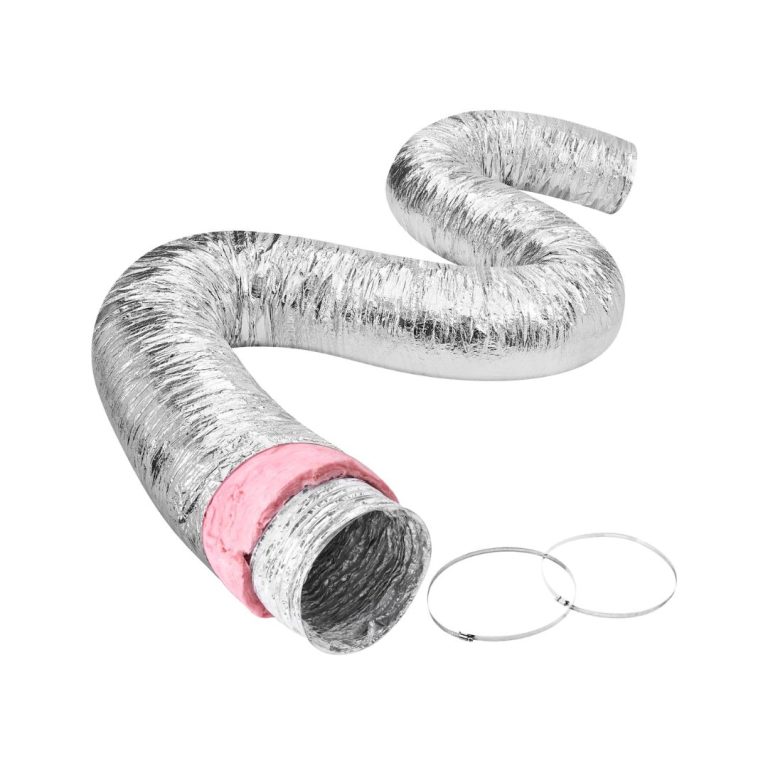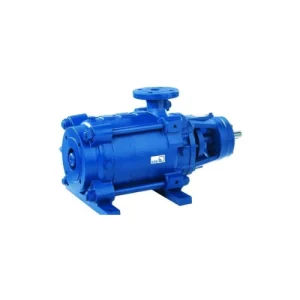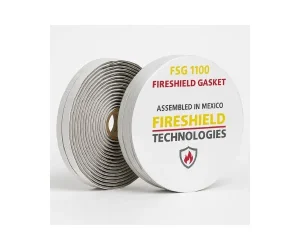- 1. What is a Flexible Duct Insulated?A Flexible Duct Insulated is a type of duct used in HVAC systems to transport air. It features a flexible inner core, a thermal insulation layer (usually fiberglass), and a protective outer jacket. The insulation minimizes energy loss and reduces noise, making it ideal for residential, commercial, and industrial air distribution.
- 2. Are Flexible Duct Insulated worth it?
Yes, they are worth it for most HVAC applications. Insulated flexible ducts help improve energy efficiency, reduce heating/cooling costs, dampen sound, and offer easier installation in tight or complex spaces compared to rigid ducts.
- 3. Does a Flexible Duct Insulated need electricity?
No, flexible insulated ducts themselves do not require electricity. They are passive components used to channel air in HVAC systems. However, the HVAC unit they connect to does require power.
- 4. Can a Flexible Duct Insulated be controlled remotely?
Not directly. Flexible ducts do not have built-in electronic controls. However, the HVAC system they are part of (like smart thermostats or zone dampers) can often be controlled remotely, which indirectly affects airflow through the ducts.
WORLDWIDE SHIPPING via DHL | Free Shipping above 200aed in UAE | Free Samples | Exceptional offerings since 2010 PROJECTS CERTIFICATE & ACHIVEMENTS IMPORT & EXPORT







